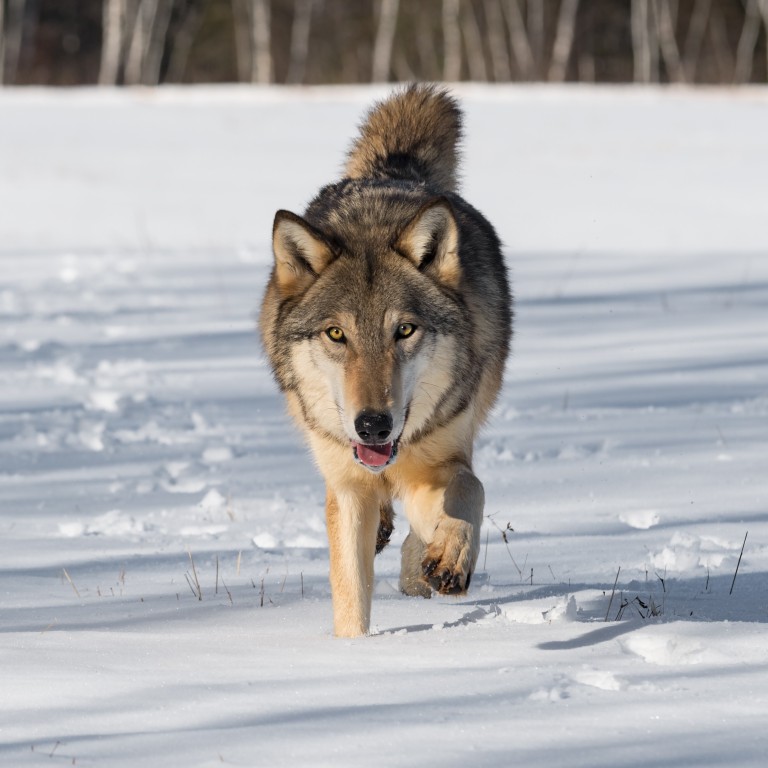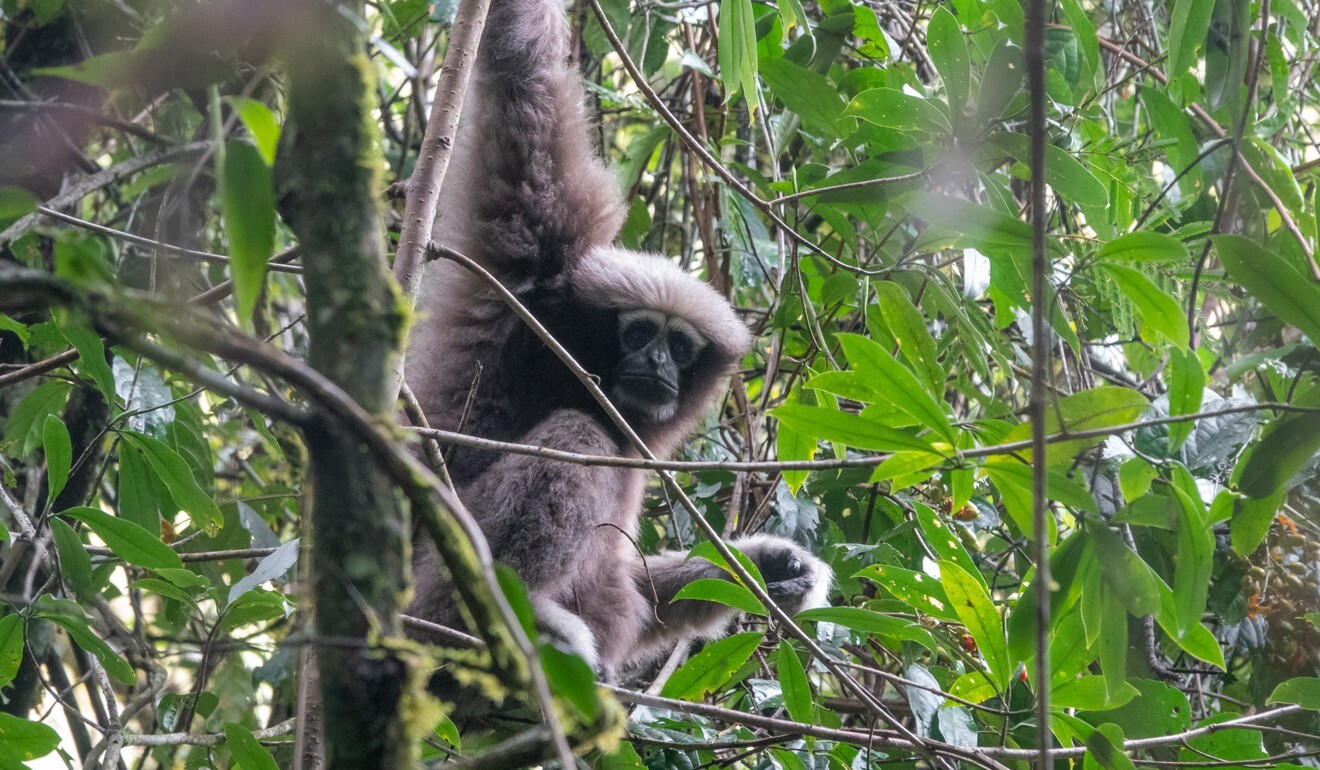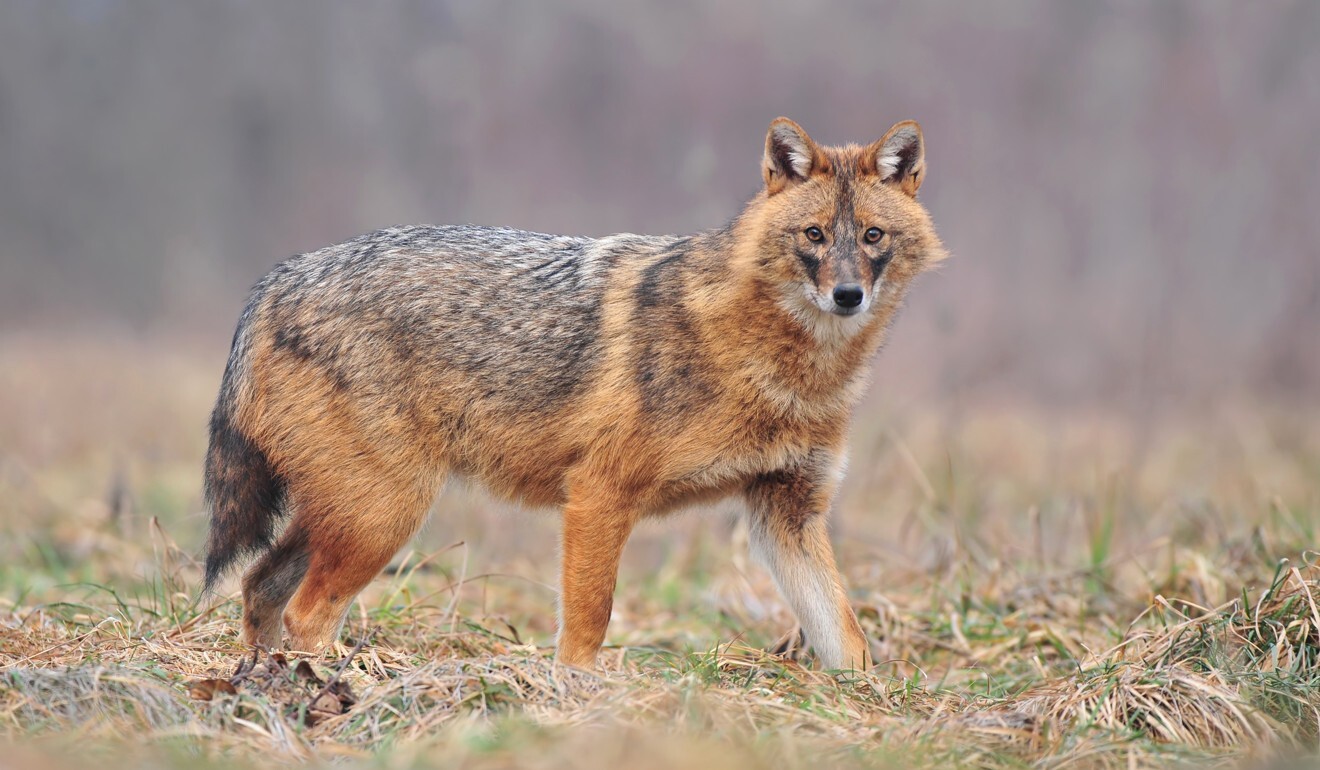
China adds 517 species to protected wildlife list
- Wolf, golden jackal and large-spotted civet among hundreds of animals granted special status in first major shake-up of the inventory for over 30 years
- Move is part of a revision to the Wildlife Protection Law, which started with a ban on the trade and consumption of wild animals in February last year
The National Forestry and Grassland Administration and the Ministry of Agriculture and Rural Affairs jointly published the updated list on Friday.
Among the other additions were the Skywalker (or Gaoligong) hoolock gibbon and Bailey’s (or hot-spring) snake, which is endemic to Tibet.

Other first-class protected animals include giant pandas, Tibetan antelopes and red-crowned cranes.
The changes also saw some animals, including the Assam macaque, Alpine ibex, and Burmese python, have their protection level downgraded as they are considered to be less at risk then they once were.
The punishments for poaching or trading in animals with first-class protection are more severe than for those with second-class protection.

The treatment of China’s wildlife came sharply into focus early last year, when several experts sought to find links between the consumption of wild animals and the Covid-19 pandemic.
Zhou Haixiang, an ecology professor at Shenyang Ligong University, said that while the expansion of the list was a step in the right direction, China still had some way to go.
“The inventory is good for the protection of some species, but it should be expanded to cover all kinds of wild animals,” he said.
“It’s like the wetland ecosystem. It’s not only some species of birds or plants that are important, but also the hydrological environment and the relationship between aquatic organisms.”
Since the introduction of the trade and consumption ban there had been a sharp fall in the number of poaching cases, but that should only be the start, Zhou said.
“We should also ban the commercial use of all wild animals, which accounts for about 70 per cent of animal use,” he said.

